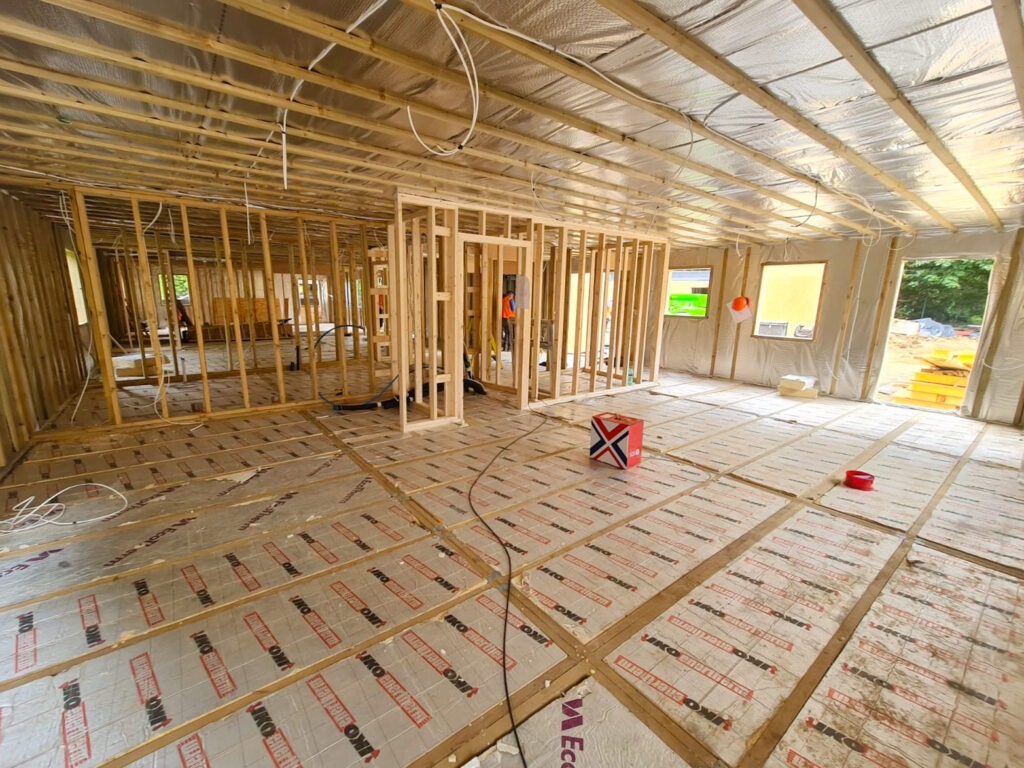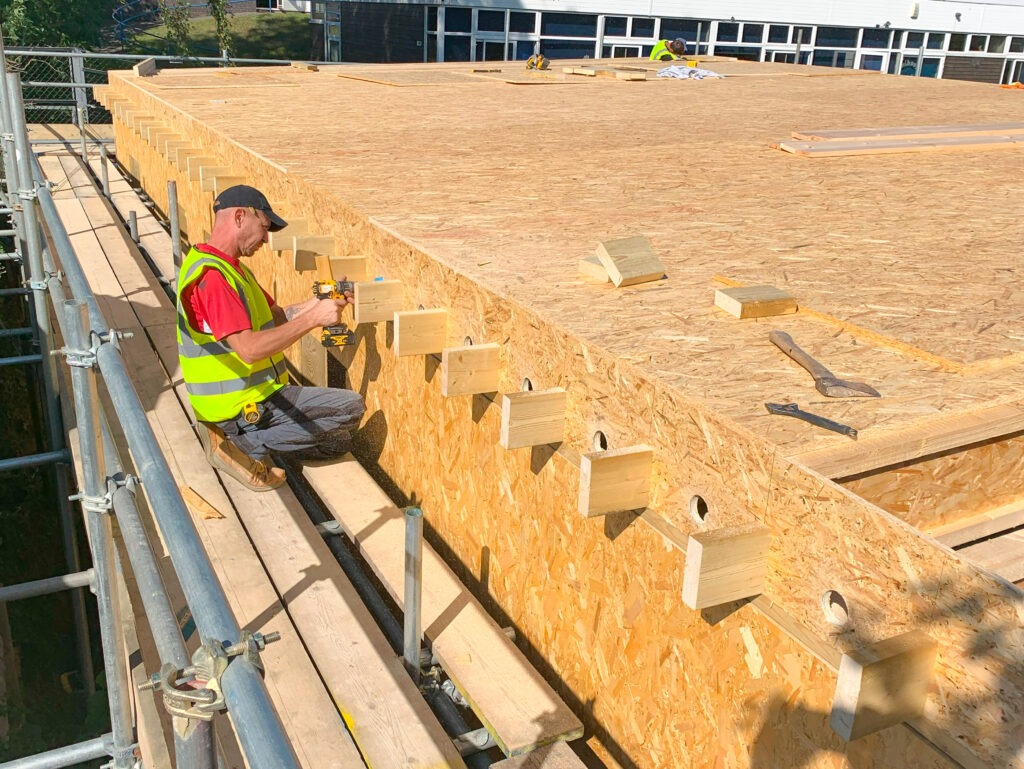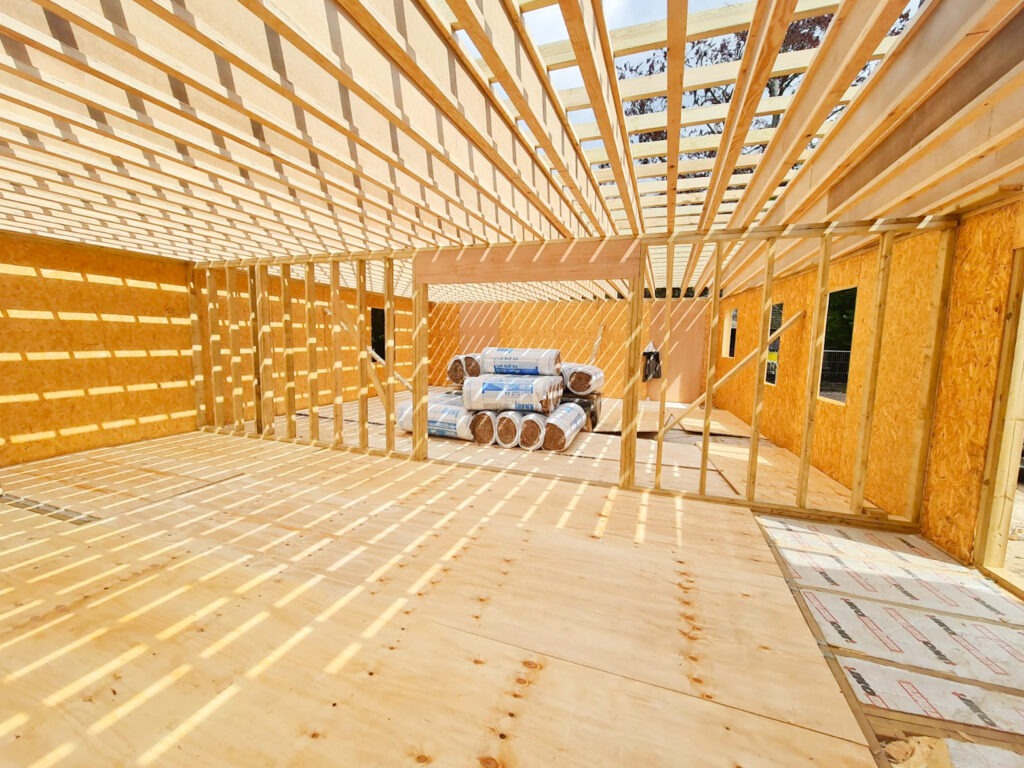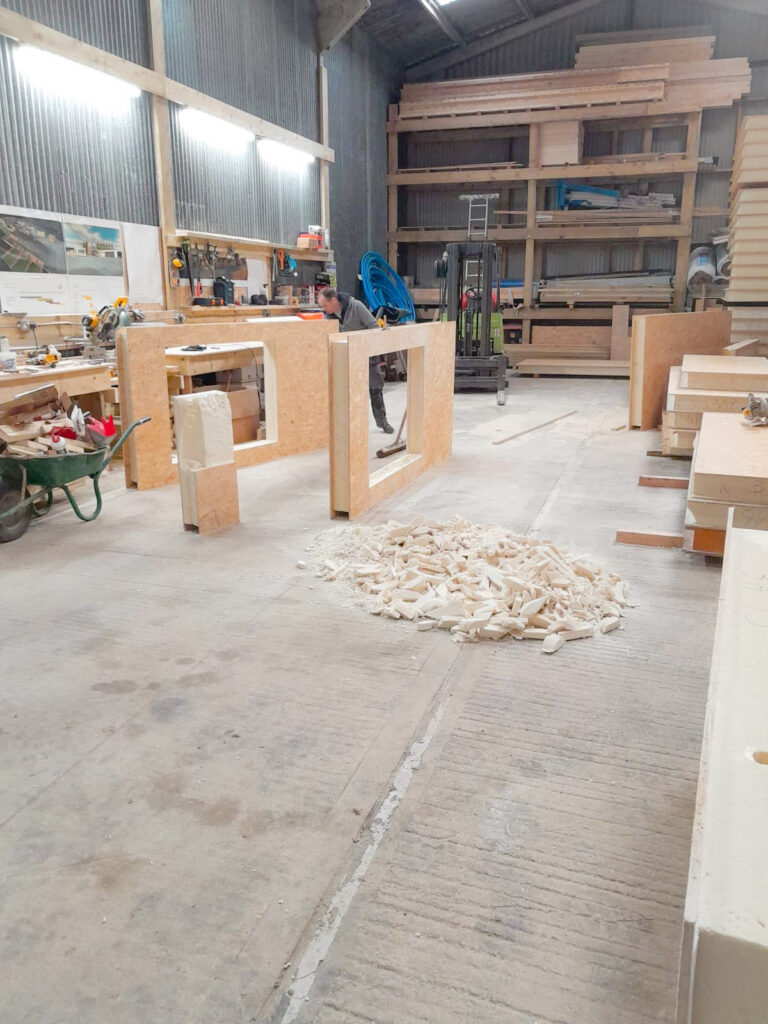SIP Panels vs. Traditional Construction: A Comprehensive Comparison
SIP Panels vs Traditional Construction
When it comes to building a new home or undertaking a major renovation, the choice of construction method is paramount. Two popular options are Structural Insulated Panels (SIPs) and traditional stick-framing construction. Each method has its own merits and drawbacks, and understanding the key differences is crucial in making an informed decision. In this comprehensive comparison, we will delve into the strengths and weaknesses of SIP panels and traditional construction, examining factors such as energy efficiency, structural integrity, construction speed, cost, and environmental impact.
Energy Efficiency:
SIPs excel in energy efficiency due to their continuous insulation layer and airtight construction. The panels minimise thermal bridging, reducing heat loss in winter and heat gain in summer. This translates to lower energy bills and a smaller carbon footprint. Traditional construction, on the other hand, can be prone to air leakage and thermal bridging, resulting in higher energy consumption. While advancements in insulation materials and techniques have improved the energy efficiency of traditional homes, SIPs generally offer superior performance in this regard.


Structural Integrity:
SIPs boast exceptional structural strength and rigidity due to their sandwich panel design. The combination of OSB sheathing and rigid foam insulation creates a robust structure capable of withstanding high winds, seismic activity, and heavy snow loads. Traditional framing, while also structurally sound, can be more susceptible to racking and deformation under extreme loads. SIPs provide a sense of security and resilience, particularly in regions prone to natural disasters.
Construction Speed:
SIPs are prefabricated in a factory setting, arriving on-site ready for installation. This significantly speeds up the construction process, often reducing build times by weeks or even months compared to traditional framing. The quicker construction timeline can translate to cost savings on labour and reduced exposure to weather-related delays. Traditional construction, involving on-site framing and assembly, is generally more time-consuming.
Cost:
While the upfront cost of SIPs might be slightly higher than traditional framing materials, the overall cost-effectiveness can be compelling. The superior energy efficiency of SIPs leads to long-term savings on heating and cooling bills. Additionally, the faster construction timeline can result in reduced labour costs. When considering the total cost of ownership, including energy savings and potential resale value, SIPs can prove to be a more economical choice in the long run.
Environmental Impact:
SIPs offer several environmental advantages. Their high insulation value reduces energy consumption and greenhouse gas emissions. Additionally, the precise manufacturing process and efficient installation of SIPs generate less construction waste compared to traditional framing. The use of recycled materials in some SIPs further enhances their sustainability credentials. While traditional construction can also incorporate eco-friendly practices, SIPs inherently contribute to a greener building approach.


Other Considerations:
Beyond the key factors mentioned above, there are other aspects to consider when comparing SIPs and traditional construction:
- Design Flexibility: SIPs offer ample design flexibility, accommodating various architectural styles and configurations. Traditional framing also provides design freedom, but modifications to load-bearing walls can be more complex.
- Soundproofing: SIPs provide good sound insulation due to their airtight construction and dense insulation core. Traditional framing may require additional soundproofing measures.
- Indoor Air Quality: The airtightness of SIPs can contribute to improved indoor air quality by minimising the infiltration of pollutants and allergens. However, proper ventilation is crucial to maintain healthy indoor air.
Conclusion:
Choosing between SIP panels and traditional construction involves weighing the various factors discussed above. SIPs excel in energy efficiency, structural integrity, construction speed, and environmental sustainability. Traditional framing offers familiarity and flexibility but may lag in energy performance and construction time. The optimal choice depends on individual project requirements, budget considerations, and priorities. Consulting with experienced builders and architects familiar with both methods is crucial in making an informed decision that aligns with your specific needs and goals.
